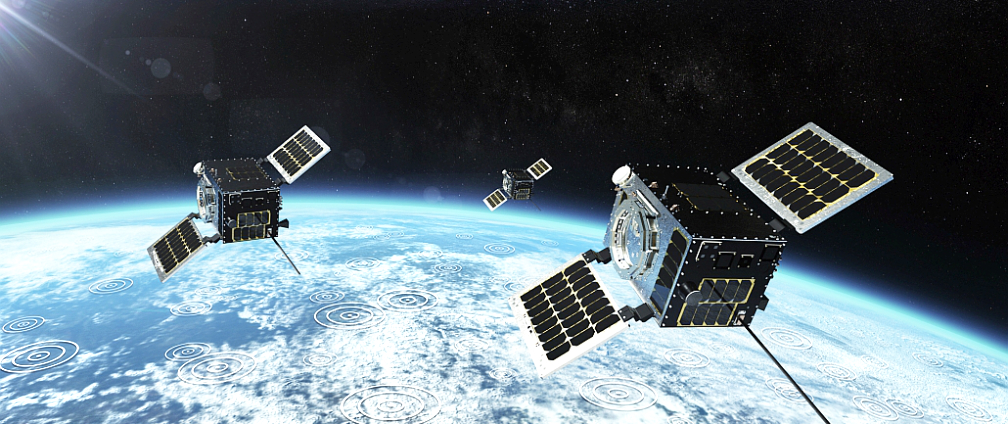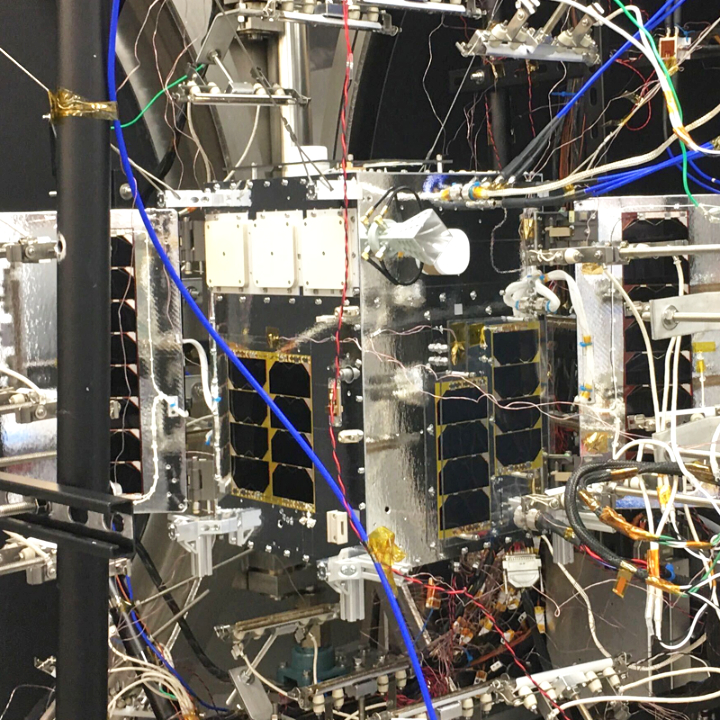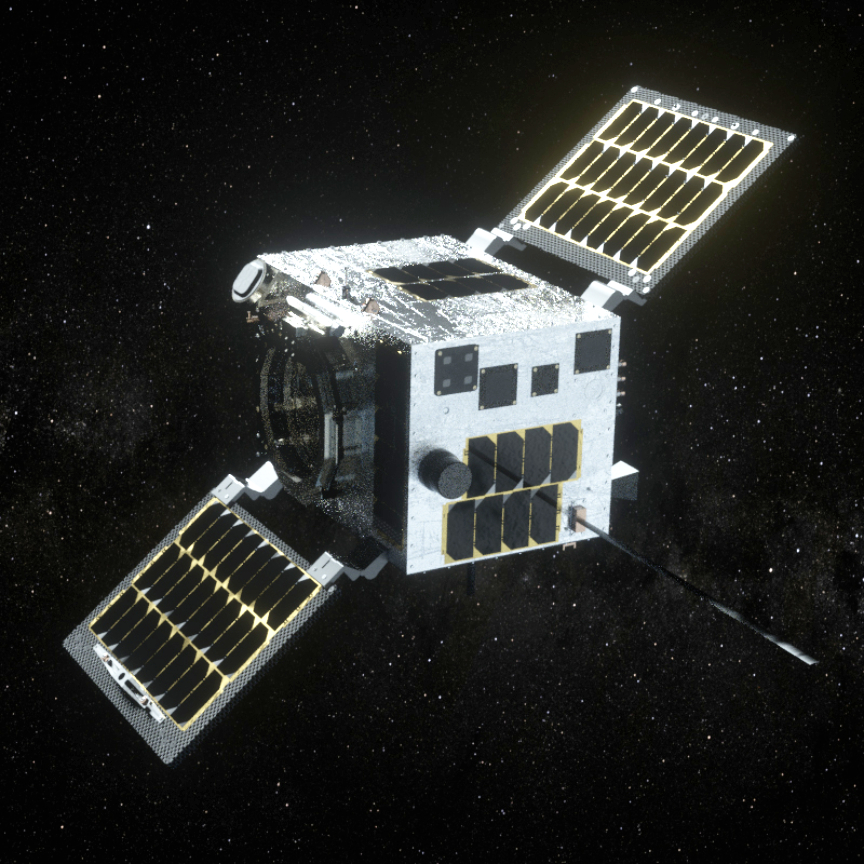
HawkEye 360 Inc. has successfully completed environmental testing of their second cluster of three smallsats.
This significant milestone for HawkEye Cluster 2 clears the way to prepare for launch, which is scheduled for late 2020. HawkEye Cluster 2 will join the company’s first cluster of satellites that were launched in December 2018, doubling the size of HawkEye 360’s constellation.
This is the first cluster in a series of next generation satellites that will improve revisit rates and bring increasingly robust RF data insights to US and international customers to inform their decision-making processes.
HawkEye 360 has five more clusters of satellites fully financed and under development for launch in 2021 and early 2022. This growing constellation identifies and precisely geolocates a broad set of RF signals from emitters such as VHF marine radios, UHF push-to-talk radios, maritime radar systems, AIS beacons, L-band satellite devices, emergency beacons and more. HawkEye 360 processes and analyzes this data using proprietary algorithms and machine-learning tools to deliver actionable insights to customers.

HawkEye Cluster 2 features significant advancements:
- Improved Capability: The satellites contain a new and improved software-defined radio (SDR) that can tune to a wide range of frequencies and gather higher-resolution signal data to deliver quality results to customers.
- Greater Accuracy: With powerful updated on-board computing, the satellites can process data at a faster rate, leading to increased geolocations with an even greater degree of accuracy, so customers receive the best possible RF geospatial intelligence.
- Simultaneous Collection: The satellites can simultaneously collect multiple signals over a single region for enhanced analytics that help customers make more informed decisions.
HawkEye 360 built the RF payloads, which UTIAS Space Flight Laboratory (SFL) integrated into the satellite bus. SFL conducted the environmental testing efforts, which included vibration, thermal vacuum, and electromagnetic interference testing. These tests simulate the environment the satellites will encounter in space. The next step is to prepare the satellites for launch integration.
Executive Comment

“HawkEye 360’s investment to advance the field of space-based RF geoanalytics isn’t just about defense and intelligence missions, but it’s also about protecting our global commons by identifying and tracking illicit activities such as illegal fishing, human trafficking, and animal poaching,” said HawkEye 360’s CEO, John Serafini. “In just 18 months, our first cluster has tracked 20 million geolocations and signals of interest to feed growing demand from civil service and defense clients around the world. The successful environmental testing of our HawkEye Cluster 2 satellites brings us one step closer to our goal of a fully operational constellation that will transform invisible signals into insights that make the world a safer place.”

“Each new cluster increases HawkEye 360’s capacity to collect more data that we can then process, analyze and deliver as relevant and robust data insights,” said HawkEye 360’s COO, Rob Rainhart. “The highly advanced HawkEye Cluster 2 satellites can capture multiple signal layers at once to create a more accurate and detailed visual of activity and then bring that data down in a shorter period of time for our customers’ benefit.”

